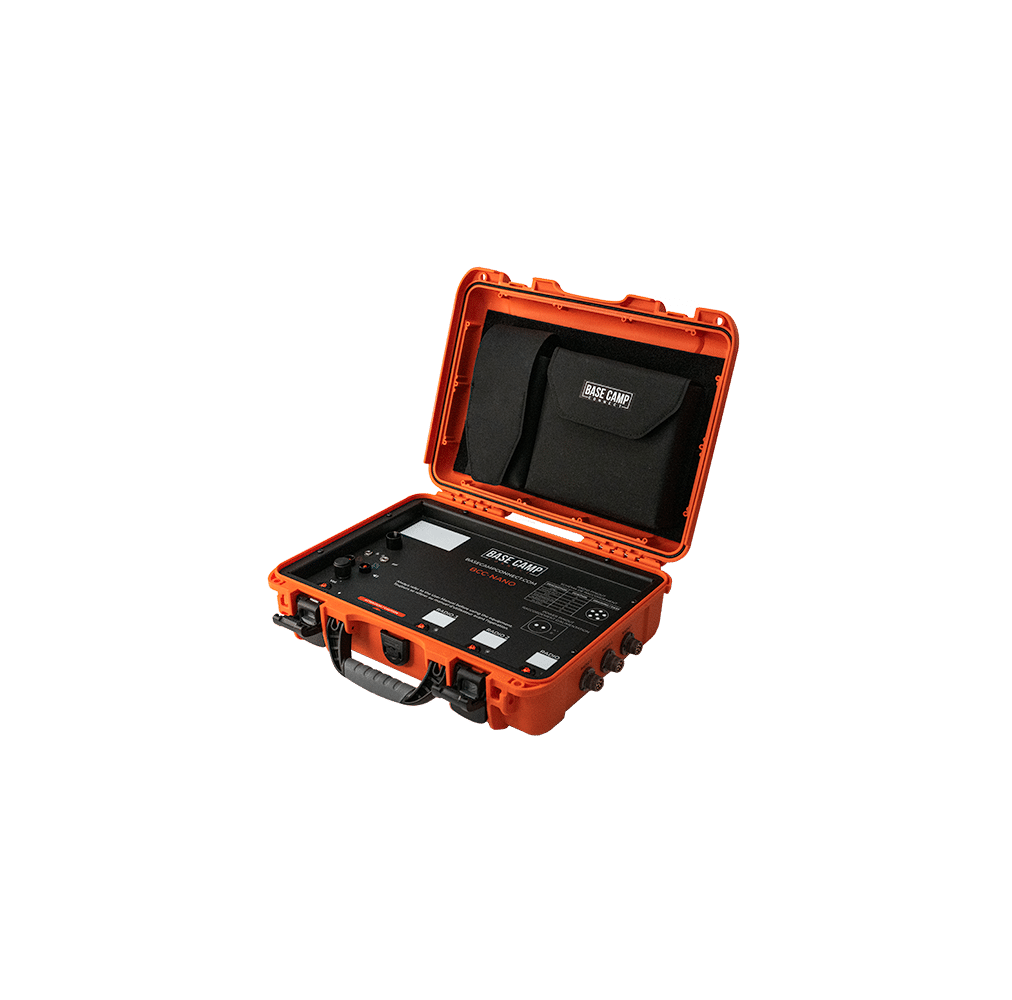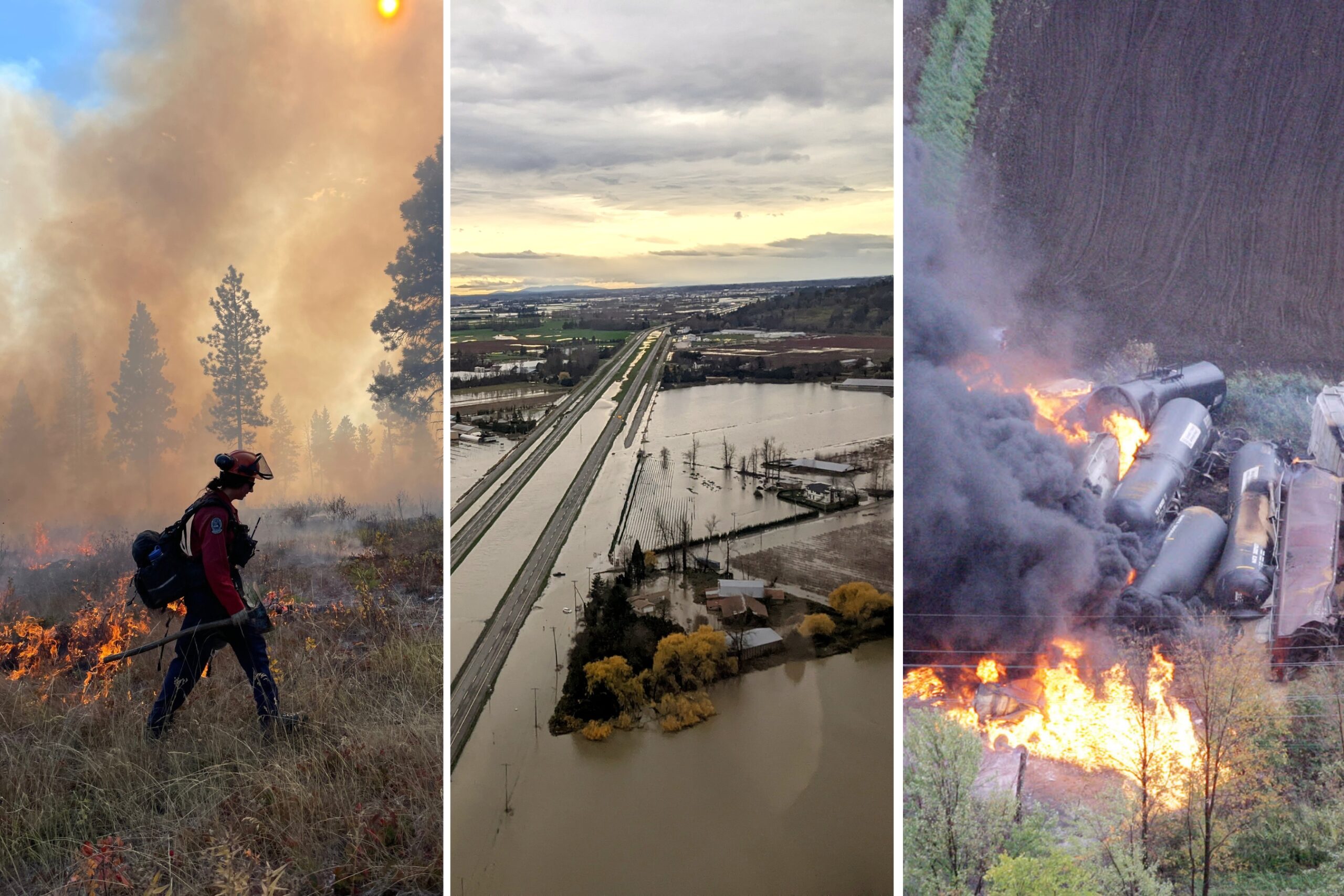Natural and technological disasters cause significant problems worldwide. Each year millions of people are killed or injured by these events. In addition to the loss of life, the economic toll is often in the hundreds of billions of dollars. Even more concerning is that these events are on the rise.
Climate change, criminal activity, urbanization, and other human activity are all contributing factors to the increased frequency and severity of disasters. Understanding what causes these events and their impact is the first step in surviving them. Only with this knowledge can you then prepare yourself adequately before a disaster and know what to do when one strikes.
Disasters Are On The Rise
Numerous types of disasters plague our world. For the purpose of this article, we will separate them into two groups: natural and technological. When we speak of natural disasters, we talk about those caused by weather, geological events, or biological occurrences. Some examples include floods, earthquakes, hurricanes, wildfires, pandemics, and droughts. The powerful forces behind these types of disasters can damage the natural world as well as structures. It is not uncommon for these disaster to also cause enormous loss of life.
Technological disasters are events caused by human-made infrastructure or technology. These events can be caused intentionally, as with criminal activity, or unintentionally. Examples include cyber-attacks, major transportation accidents, nuclear accidents, oil spills, and industrial accidents. While most of these disasters are not at the scale of natural disasters, they are nonetheless destructive and on the rise.
Since the 1900s, the occurrence of disasters, in general, has been increasing. By some estimates, the number of disasters since the 50s has increased 14-fold. In 2021 there were at least 87 global disasters, with dozens of countries affected. Even in the short term (2022-2025), disasters are expected to increase by 37%. Drastic increases such as these warrant further scrutiny and understanding of why this growth is occurring.

What Causes These Events?
When searching for the cause of natural disasters, there is no more significant culprit than climate change. While some disasters, like earthquakes, are driven by geological events, most natural disasters are the product of a rapidly warming planet.
The production of greenhouse gases combined with deforestation is detrimental to the planet. Temperatures a rising, droughts last longer, storms are more severe, glaciers are melting, and the sea level is rising. Without action by all stakeholders, particularly at the national level, the situation will only worsen. The loss of life and property will continue to be significant.
Many factors lead to technological disasters. Some, such as the Chornobyl Accident in 1986, are produced by human error. The same could be said for oil spills. Others are a product of failing infrastructure and criminal activity.

Globally, infrastructure is in rapid decline. Even in modern nations like the United States, many bridges, roads, and buildings are deteriorating. The American Society of Civil Engineers grades the country’s infrastructure at a C- and structure failings are becoming more common.
Cybercrime is rising as the world becomes more digitally connected. In 2021, cybercrime cost the world $6 trillion. By 2025, that number is expected to grow to a staggering $10.5 trillion. It’s no wonder technological disasters are increasing every year.
What Is The Impact of Disasters?
With so many people worldwide affected by natural and technological disasters, the negative impact of these events is severe and long-lasting. When natural disasters occur, they often leave additional challenges in their wake. Utilities are typically disrupted, and healthcare systems are stretched to their breaking point. These secondary effects can cause further damage in the form of disease, food scarcity, lack of shelter, and financial hardship. The mental toll associated with these events is often forgotten but is still essential to consider.
Technological disasters share several of the challenges that come out of natural disasters. In many cases, the effects on the environment last much longer with these types of disasters. In Chornobyl, for example, even the most optimistic estimates believe the exclusion zone will remain unsafe for at least 3,000 years. Long-term health risks can affect generations of a given population. If the event is a cyber-attack, the damage is typically financial in nature.

How To Prepare For Disasters
It is impossible to be fully prepared for any disaster that may come your way. Individuals and organizations hoping to have the best chance for survival need to start planning what to do before disaster strikes. There are many schools of thought on the best method for doing this, but they generally include developing a plan, staying informed, building emergency kits, and running practice drills. Let’s dig a little deeper into each of these.
Disaster plans are well thought out but general enough to fit numerous disasters. Start with known disasters in your location. Give more attention to the historically occurring events near you and less to those unlikely to affect your region. For example, planning for an avalanche makes sense in snow-covered regions, but not so much if you live on a tropical island. Your plan should include specifics on what to do, where you need to go in response to danger, and who to call for help.
Many disasters hint at their coming. Tremors signal potential earthquakes, storms point to floods, drought in forested areas lead to forest fires, and reports of degrading structures signal possible failures. News outlets and government entities often push this information across numerous media platforms. Take the time to stay current on anything affecting where you are located. When in doubt, you can always contact local law enforcement or first responders for the latest warnings.
Having an emergency kit is essential. Services such as water, power, heat, and communications are often the first to go in a disaster. If you are an individual, pack all the supplies you need for at least three days, ideally longer. Organizations need to do this and add rugged gear to help them function. This often requires equipment for joint communication with other entities.

You will need to practice using a plan for it to be truly effective. Emergency disaster drills are excellent for testing a plan and ensuring everyone understands how to use it. Drills should simulate real-world events. Include scenario-based exercises such as people being injured or phone lines being down. The more realistic your drills are, the more effective your training will be when disasters strike.
What To Do When They Strike
When disasters strike, the first thing to do is remain calm. Panic is one of the worst things you can do in a disaster. If need be, take several deep breaths and relax. Next, use the plan you developed to navigate the challenges of your disaster with as little risk as possible. If you practiced the plan enough times with your drills, you’d be surprised how fluid surviving the event will be.
Regardless of where you live, natural and technological disasters are a genuine concern. There are many factors contributing to these events on a global scale. While governments and other organizations worldwide work to address these factors, your best bet at surviving natural and technological disasters is to plan ahead, have the right gear, and stay calm.
Do you want to improve your community’s emergency preparedness for future natural and technological disasters? Visit our BUILDING RESILIENT COMMUNITIES page to learn more about your eligibility for a 30K emergency response funding program!














